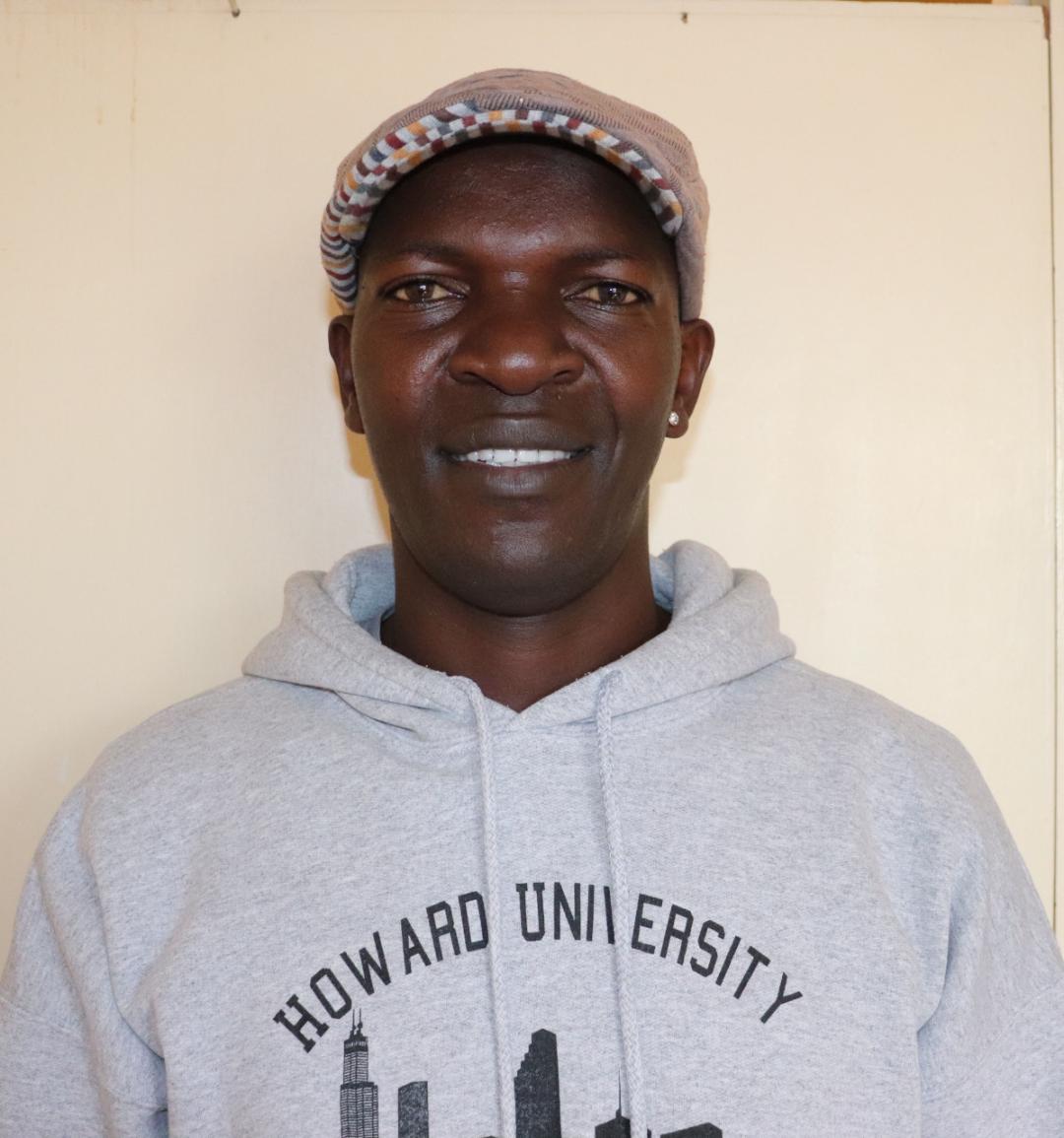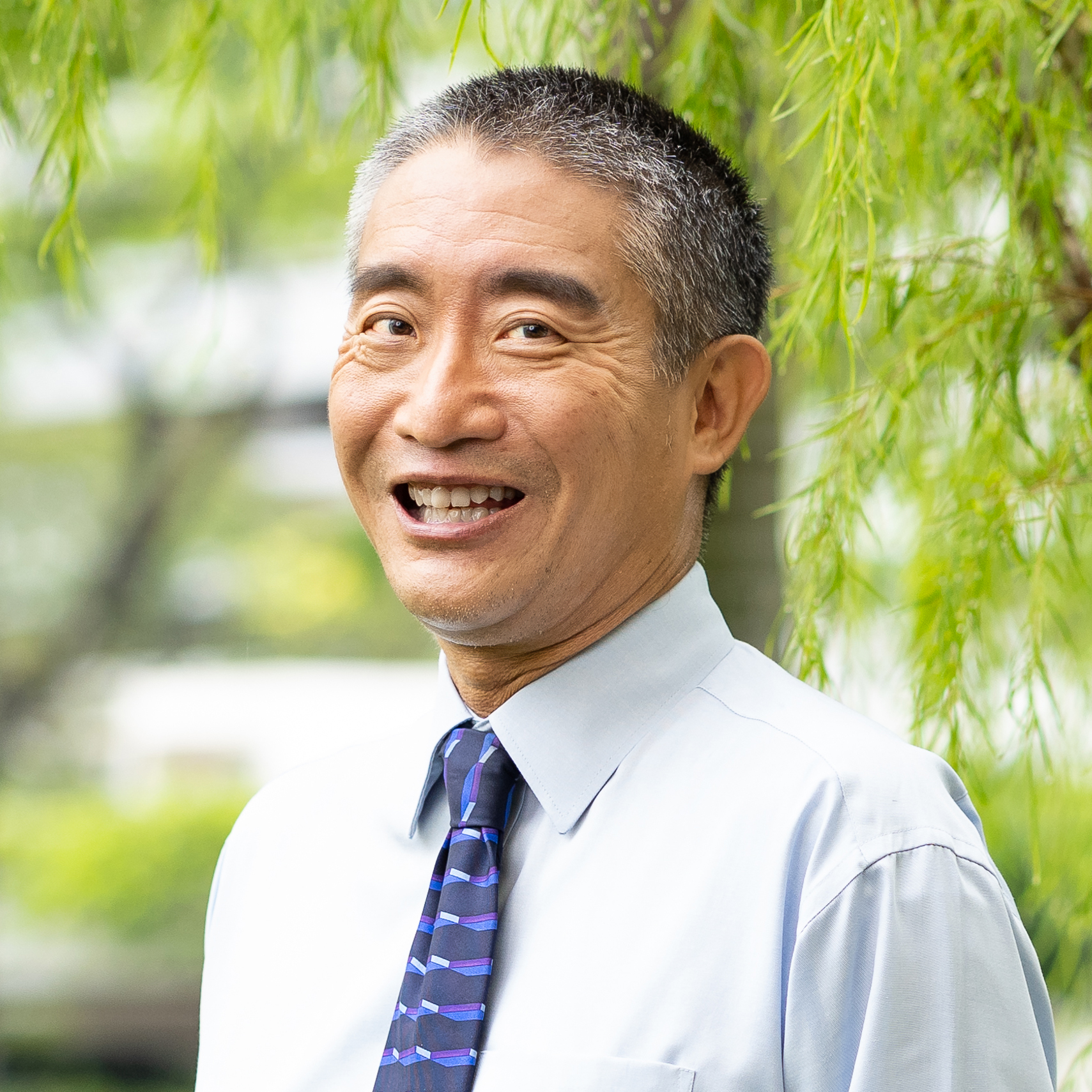Research Spotlights
Research Spotlight pieces are written by various contributing authors and reviewed by two academics in the EdTech field: Dr. Helen Crompton, Associate Professor of Instructional Technology Director of the Virtual Reality Lab and Director of the Technology Enhanced Learning Lab (TELL) at Old Dominion University and John Traxler, FRSA, Professor of Digital Learning in the Institute of Education at the University of Wolverhampton. Both Dr. Crompton and Professor Traxler are members of the mEducation Alliance. If you are interested in submitting a research activity to highlight in a future mEducation Alliance publication, please fill out this form.
MOOCs Fulfilling New Promises During the Time of Pandemic: The Philippine Experience
Written by: Melinda dela Peña Bandalaria, PhD
Dr. Melinda dela Peña Bandalaria is Chancellor and Professor of the University of the Philippines Open University. She also held the role of President of the Asian Association of Open Universities from 2017 – 2019.
The basic concept of a massive open online course (MOOC) is making a course or a learning opportunity available to anyone who wants to study. This was embodied in what is considered to be the first MOOC to be successful – the “Artificial Intelligence” by Sebastian Thrun and Peter Norvig from Stanford University which was offered in the Fall of 2011 and has recorded more than 160,000 learners. The promise was to bring quality education – usually from well-known universities – accessible to learners or who do not have the capability to avail of such an opportunity.
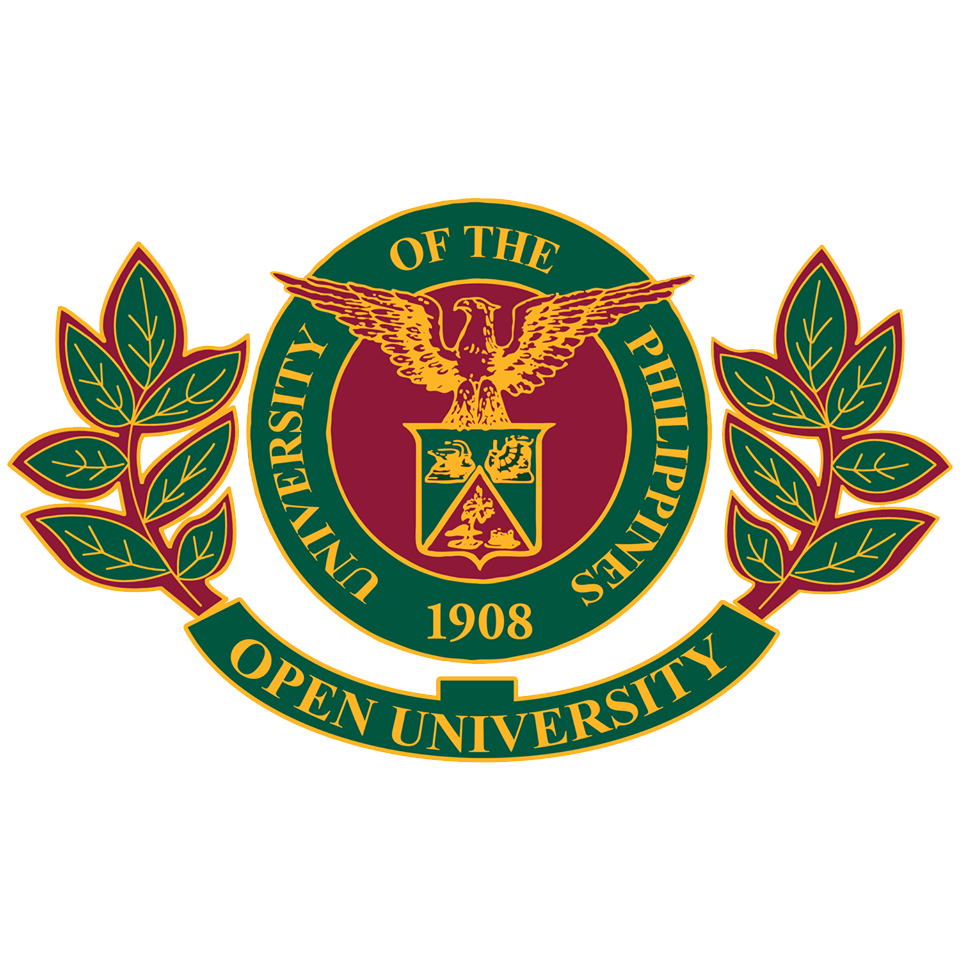
Since 2012, which was considered to be the “Year of the MOOC,” and through the years, it was observed that MOOC learners are those who already have college degrees contrary to the vision of making it the platform for learning inclusion. The same was observed for the MOOC offerings of the University of the Philippines (UPOU) who started offering MOOCs in 2013. The MOOCs offered were developed in partnership with organizations with specific skill or product requirements and those with advocacies to push forward. Since then, UPOU has developed about 100 MOOCs on different subject areas but unlike the really massive enrollment reported by different MOOC providers, many UPOU MOOCs just recorded a little over 150 students, that magic number which makes the course massive. In a few cases, enrollment did not even reach 150. In 2017, the MOOC certification programs were offered to increase the value of the MOOC Certificates of Completion, positioning it along the line of short training programs focused on specific knowledge and skills. Still the enrollment statistics did not change significantly.
UPOU has continued to offer MOOCs as a form of public service, which is one of its mandates as a state-funded university and the only national university in the country. While the courses were designed to accommodate massive enrollment, the main concern became it being open and inclusive and ubiquitous.
However, the COVID-19 pandemic drastically changed the education landscape as a whole. Pre-pandemic enrollment in MOOCs at University of the Philippines Open University is documented in Table 1 versus the enrollment during the early months of COVID-19. As it has been observed, educational institutions were forced to embrace remote teaching and learning while industries had no choice but to continue operating with the workforce working from home. Unfortunately, the much-valued face to face training to capacitate individuals to handle changes in the work environment could not be done because of the pandemic-imposed restrictions and resources by organizations could not all be channeled to training.
UPOU looked at the potential of MOOCs to address the challenge of the changing work and learning environment. Being online and developed using open education resources (OERs) produced by the university, MOOCs proved to be agile and flexible enough to be redesigned to immediately respond to the pressing need for massive training. This was especially needed by teachers, even those from academic institutions with limited resources found ways to provide for this necessary expense.
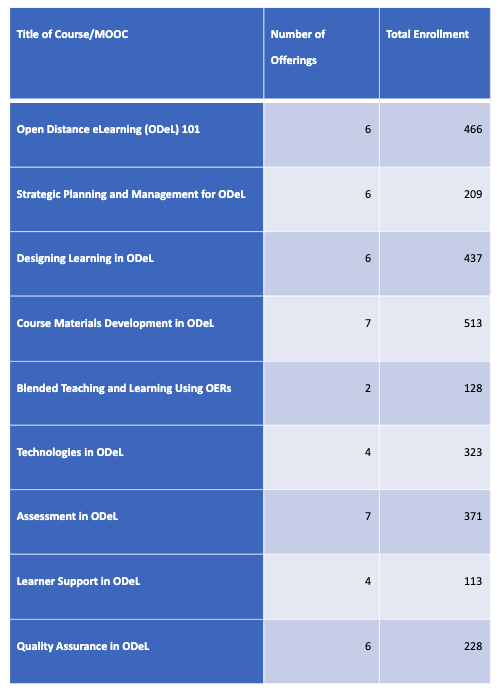
Table 1: Enrollment in the MOOCs offered by the University pre-pandemic from 2017 to March 2020.
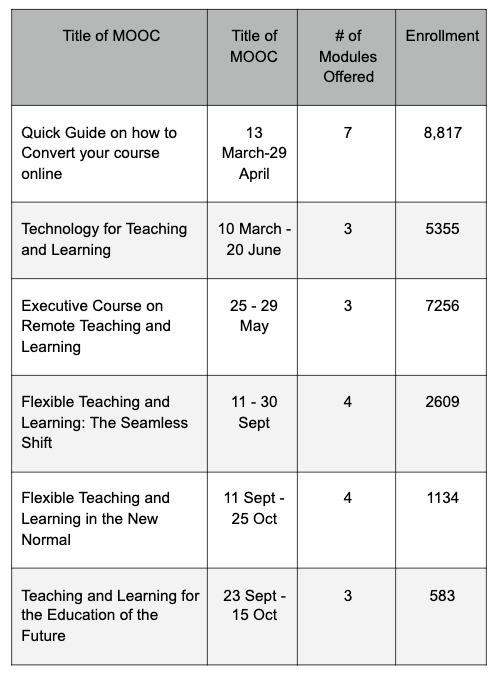
Table 2: MOOC enrollment during the early months of the COVID-19 pandemic and the months during the lockdown (2020).
The Promises Fulfilled
In addition to advancing inclusion in education that MOOCs demonstrated during the pandemic, other important attributes of this learning framework also emerged. These include agility, flexibility, and even resilience to respond and withstand the disruptions in education. It should be noted that it’s not just the pandemic alone which could disrupt the teaching and learning process. Natural disasters like typhoons, earthquakes and volcanic eruptions, which are often experienced in the Philippines, are also imperatives for flexibility and agility of the components of the education ecosystem.
The flexibility of MOOCs further extended to using it as OERs to provide content to other training programs designed by agencies and individuals outside the institution. Since the UPOU MOOCs were licensed as CC-BY_NC-ND, the university encouraged the MOOCs as an OER model to further fast track the training of teachers on remote teaching and learning.
For more details contact the researcher:
CV: https://up-ou.academia.edu/MelindaBandalaria/CurriculumVitae
Additional source: Brief History of MOOCs




